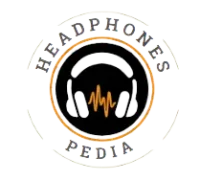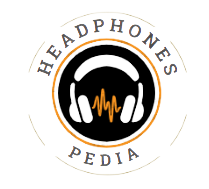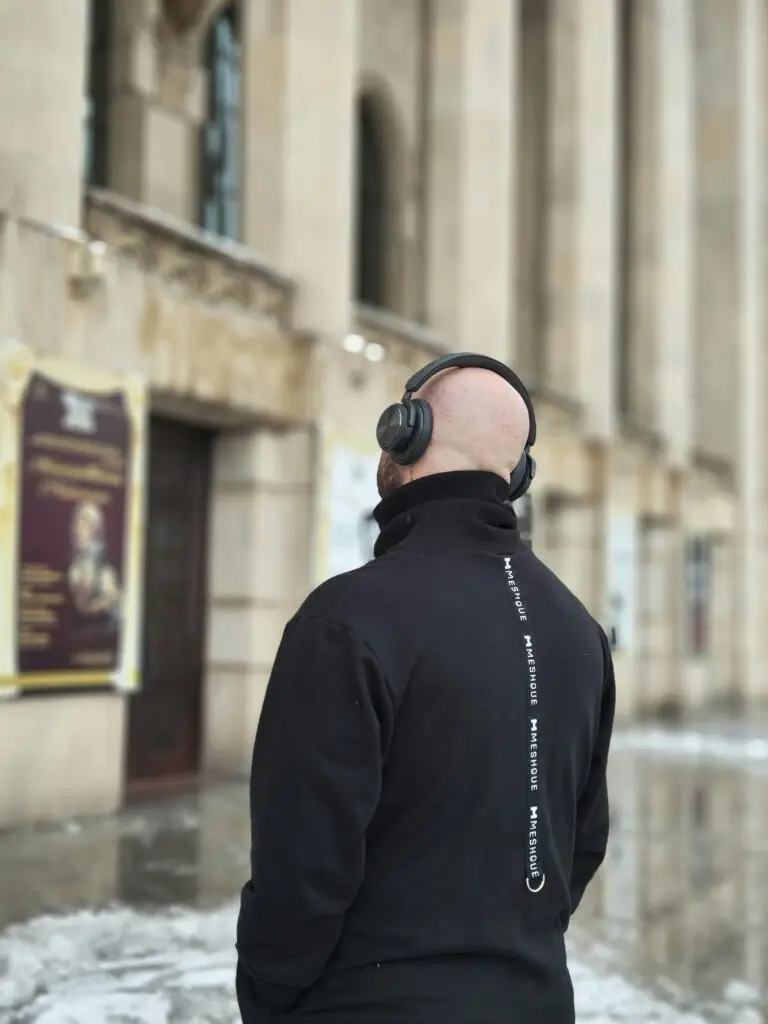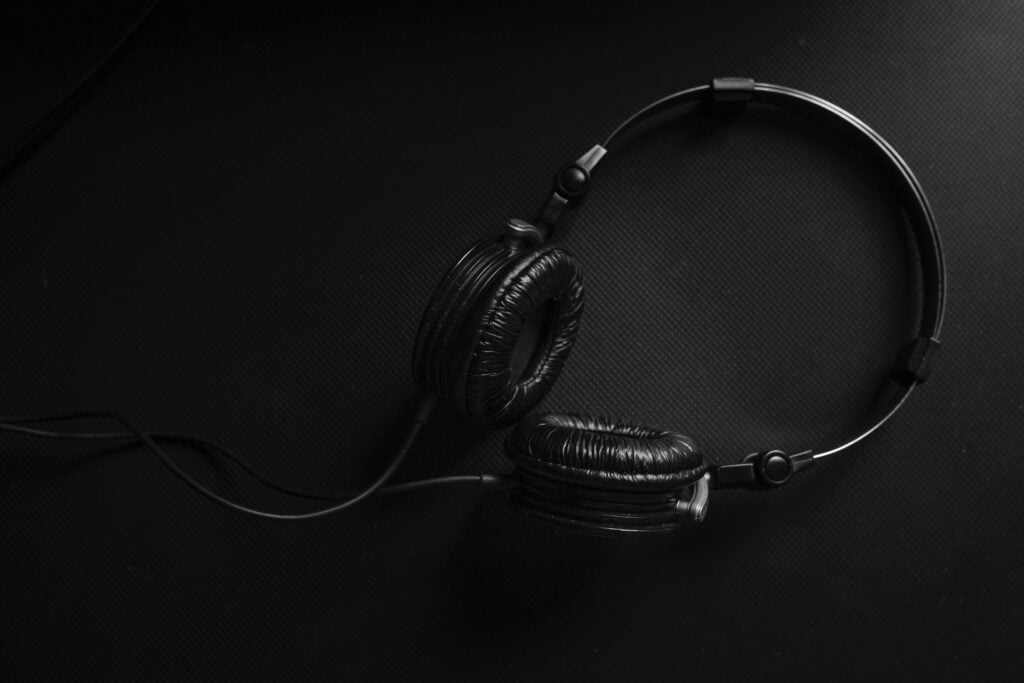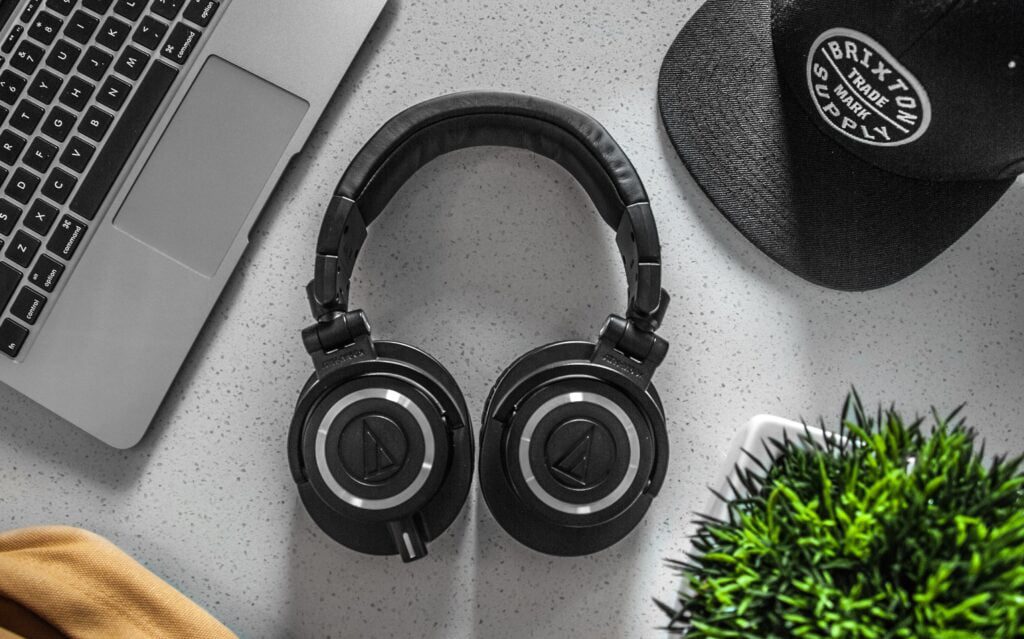So music lovers and gamers I think you have thought it once before “Are headphones bad for you? Why because sometimes the volume is high or the exposure to high noise is prolonged the answer to the question “Are Headphones Bad For you” is definitely yes, but if you are using them in a normal way with less volume and break then you don’t have to worry.
They can be bad depending on your usage. Let’s explore key factors and what you must do to avoid the damage.
How loud is Too Loud? Understanding Decibels (dB)
The volume and duration of headphone use are critical factors in preventing NIHL. The World Health Organization (WHO) recommends keeping headphone volume below 60% of the maximum volume available in headphones, they also recommend using noise-canceling headphones as they decrease the need for high volume.
According to research published by the National Institute of Health
“In comparison, a normal conversation is approximately 60 dB, traffic is 80 dB, loud music at a rock concert or nightclub is 120 dB, and a jet engine is 140 dB. Broad categories of noise exposure include continuous noise, sustained over time, and impulsive noise, which occurs rapidly (i.e., a gunshot or explosion) and is generally at a higher sound pressure level. A sound pressure level above 110 dB is considered the discomfort threshold, and above 130 dB is the pain threshold. Sustained noise above 70 dB can result in cumulative hearing loss while noise above 120 dB can cause immediate hearing loss”
Many smartphones now have built-in features to monitor headphone volume. Utilizing these features or downloading a decibel meter app can help ensure you stay within safe listening limits.
Preventing Hearing Loss From Headphones
The biggest concern with headphone use is noise-induced hearing loss (NIHL). This sneaky thief of our hearing occurs when our ears are repeatedly exposed to loud noises. Over time, the tiny hair cells in the inner ear responsible for converting sound waves into electrical signals for the brain can become damaged or die. This permanent damage can lead to difficulty hearing faint sounds, especially high-frequency sounds like consonants in speech, or a ringing sensation in the ears (tinnitus).
Studies have shown a troubling trend: NIHL is on the rise, particularly among young people who listen to loud music through headphones for extended periods. In a study published in the Center for Disease Control and Prevention’s (CDC) Morbidity and Mortality Weekly Report (MMWR), According to the authors, 1 in every 6-8 middle and high school students aged 12-19 years has measurable hearing loss likely resulting from excessive noise exposure
Are Headphone Dents Real?
This term is getting famous in the gamer circle. Headphone dents, also known as “headphone heads,” are a real phenomenon, but the good news is they’re usually temporary. Let’s delve deeper into what causes them and how to prevent them.
What is a Headphone Head?
Headphone head refers to the temporary indentation left on the head, particularly on the top or around the ears, from wearing headphones for extended periods. This indentation occurs because of the constant pressure applied by the headband or ear cups of the headphones.
Who’s Most Susceptible?
Here are some factors that can increase your susceptibility to headphone heads:
- Children: Children’s skulls and ear cartilage are softer and more malleable than adults, making them more prone to temporary indentation.
- Tight-fitting headphones: Headphones that clamp down with excessive pressure are more likely to leave a mark.
- Wearing headphones for long durations: The longer you wear headphones, the greater the chance of developing a temporary indentation.
Are Headphone Dents Permanent?
Relax, the headphone head is almost always temporary. Once you remove the headphones, the indentation should disappear within minutes or hours, as the soft tissues resume their normal shape. There’s no permanent damage to the skull or underlying bone structure.
You might’ve seen the “Michael the Future Gamer” meme. Let’s just say it’s not a pretty picture, but fear not! That indentation you feel after wearing headphones for a while is temporary and won’t cause permanent damage. It’s just your soft tissues responding to pressure. But who knows as the research is limited, that after 20 years we found out that these dents can get permanent.
Here’s how to minimize it:
- Choose well-fitting headphones: Comfort is key! Avoid tight headbands and opt for over-the-ear styles that distribute pressure evenly.
- Take breaks: Give your head a rest by removing your headphones every hour or so.
The Real Villain: “Gamer Posture”
Sitting hunched over for hours can lead to more serious issues than a slight head dent. Here’s what science says:
- Tech Neck: Looking down at your screen for long periods puts a strain on your neck. This can lead to pain, stiffness, and even early spine degeneration.
- Sleep Deprivation and Dehydration: Gaming marathons often mean neglecting sleep and water intake. These habits wreak havoc on your overall health and appearance.
Looking After Yourself Doesn’t Make You Less of a Gamer
Taking care of your health isn’t about vanity. It’s about feeling your best and enjoying gaming for years to come. So ditch the shame, embrace healthy habits, and remember: nobody wants to be Michael!
Are Headphones Bad for You?
Headphones can be a double-edged sword. While they immerse us in our favorite music or podcasts, they can also lead to headaches and discomfort. Let’s explore the reasons behind headphone-induced head pain and strategies to alleviate it, drawing on research from around the world.
Causes of Headphone Headaches:
Several factors can contribute to headphone-related head pain:
- Excessive Pressure: This is the most common culprit. Tight-fitting headphones can compress the temporal bones (on the sides of the head) and the supraorbital region (above the eyebrows), triggering pain receptors.
- Muscle Strain: The constant pressure from headphones can strain the neck and scalp muscles, leading to headaches and tension.
- Material Irritation: Headphone materials like leather or certain plastics can irritate sensitive skin, especially around the ears. This irritation can manifest as itching, redness, and even headaches.
- Underlying Conditions: Headaches caused by headphones can sometimes exacerbate pre-existing conditions like migraines or tension headaches.
Safe Headphone Use For Healthy Hearing
Here are some tips to prevent headphone headaches, supported by research: After implementing these practices you can say that headphones are not bad for you.

- Choose Well-Fitting Headphones: Opt for headphones that fit comfortably without excessive pressure. Look for adjustable headbands and headphones with softer ear cups made from breathable materials.
- Take Breaks: Every hour or so, remove your headphones for 5-10 minutes to allow your head and ears to relax and reduce pressure build-up.
- Adjust the Volume: Loud music can contribute to headaches. Lower the volume to a safe listening level of 60% of the max volume.
- Mind Your Posture: Maintain good posture while using headphones to avoid neck strain that can lead to headaches.
- Consider Noise-Canceling Headphones: While typically more expensive, noise-canceling headphones can allow you to listen at lower volumes in noisy environments, potentially reducing the risk of headaches.
Additional Tips:
- Look for headphones with a wider headband: This distributes pressure more evenly and reduces the likelihood of concentrated pressure points.
- Invest in memory foam ear cups: Memory foam conforms to the shape of your head, providing a more comfortable fit and reducing pressure.
- Try a headband cover: Soft headband covers can add cushioning and reduce irritation, especially for those with sensitive skin.
By understanding the causes of headphone headaches and implementing these research-backed solutions, you can continue to enjoy your headphones comfortably and pain-free. If you experience persistent headaches despite these strategies, consult a doctor or audiologist to rule out any underlying medical conditions
Why Do My Headphones Hurt My Ears?
We all love cranking up the tunes, but blasting music through headphones or earbuds can damage your hearing over time.
As we have discussed in this article before if you are listening to music or anything more than 70db levels then eventually you are hurting your ears and if it is for a prolonged time then headphones can hurt your ears.
Earbuds vs Headphones: The Rumble in Your Eardrums
- Earbud Discomfort: Earbuds can be little buggers, pushing earwax deeper into your ear canal and irritating the outer ear, especially with glasses or hearing aids.
- Headphone Halo: Over-the-ear headphones might feel a bit bulky, but they generally offer better noise cancellation, so you won’t need the volume as high.
Uh Oh, Did I Do Damage?
If you’re worried you might have damaged your hearing, see a hearing healthcare professional. Early intervention can help prevent further problems.
The Takeaway:
You can still enjoy your music without sacrificing your hearing. Just be mindful of the volume, take breaks, and consider noise-canceling options. Keep these tips in mind, and you’ll be rocking out for years to come!
Conclusion
Headphones can be a safe and enjoyable way to listen to audio, but being mindful of volume, taking breaks, and choosing the right fit is crucial for protecting your hearing health. If you experience discomfort or hearing concerns, consult a doctor or audiologist. I hope I have answered all of your concerns in this detailed blog about “Are headphones bad for you”, still if you have any questions you can comment or contact us for a reply.

I am Michael a Texas-based recording engineer and sound enthusiast. I contribute to Headphones Pedia’s efforts to educate readers about intriguing new devices and other audio-related issues by drawing on their experience working on several sound projects. I also use AI tools to assist with content creation.
